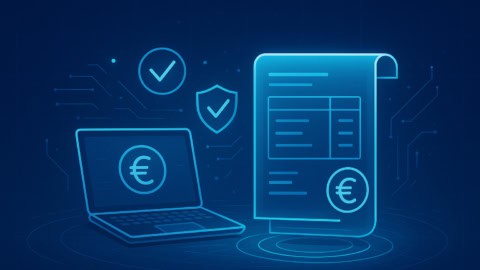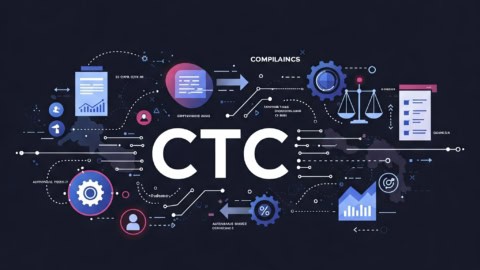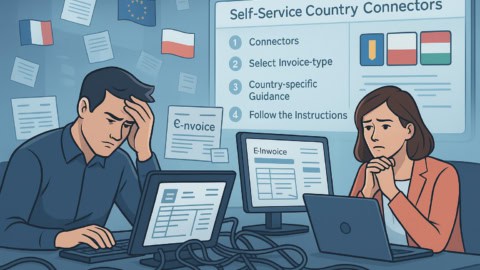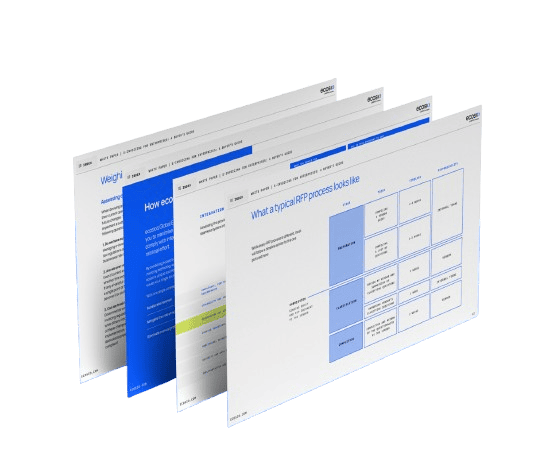The global trend towards mandatory e-invoicing is accelerating as governments recognise the significant benefits of digitisation. This shift is primarily driven by the desire to combat tax evasion through real-time or near-time transactional reporting to government platforms – a process known as Continuous Transaction Controls (CTC). However, not all countries are adopting the same approach. While many nations are launching their e-invoicing initiatives and adopting CTC models, Germany has opted for a different path.
Germany’s mandate focuses solely on digitisation, without the requirement for government validation of invoices, although this will need to change to comply with the VAT in the Digital Age (ViDA) and digital reporting requirements (DRR) before the European Commission’s deadline of 1 July 2030.
Since our previous article “Germany commits to making B2B e-invoicing mandatory” , The Federal German Ministry of Finance (BMF) published a Draft Letter on 13 June 2024, providing further details on the issuance of invoices according to Section 14 of the German VAT ACT (UStG).
What is covered?
The draft letter expands on The Growth Opportunities Act (Federal Law Gazette | 2024 No.108) and provides guidance on the key topics:
Timelines
- 1 January 2025: All domestic businesses will be required to receive and process electronic invoices
- 1 January 2027: domestic businesses with an annual turnover exceeding €800k must issue invoices electronically
- 1 January 2028: all domestic businesses must issue invoices electronically
Exemptions
- Invoices for total amounts up to €250
- Invoices for services that are tax-free according to Section 4 (numbers 8-29) of the VAT Act
- Travel tickets
Formats
An electronic invoice must conform to the EN 16931-2 (syntax), i.e. Universal Business language (UBL) or UN/CEFACT Cross Industry Invoice (CII) or a format mutually agreed by the invoice issuer and recipient, providing it’s interoperable and complies with the EN 16931-1 (semantic data model).
ZUGFeRD, a PDF/A-3 hybrid with an embedded CII, is also compliant with the EN 16931 from versions 2.0.1 onwards and is already widely used in the German market.
From January 2025, invoices such as paper, PDF and electronic formats which don’t comply with the EN 16931 will be considered as “other invoices”. These will be permissible until the end of the calendar year of 2026 and will be invalid thereafter.
Transmission protocols
Invoice recipients must provide an email account to receive an electronic invoice, although the invoice issuer and recipient can also agree on other electronic transmission protocols i.e. Peppol, AS2, SFTP etc.
Additionally, invoices can be made available to download via a customer portal.
Storage
Invoices must be stored in a manner that ensures authenticity of the origin and the integrity of the content. Plus the legibility of the invoice must also be guaranteed.
How can ecosio help?
Founded in Vienna, ecosio is one of the leading EDI and e-invoicing solution providers in the whole of the DACH region. Germany is at the forefront of our business meaning we are highly experienced and well-positioned to support you and your business comply with the new German regulations.
Our solution
ecosio.invoicing offers a comprehensive global solution for electronic invoice exchange, serving as a single gateway to your customers, e-invoicing networks and tax administrations, and helping to make global compliance hassle-free.
For more information on how ecosio can help, contact edi@ecosio.com.

























